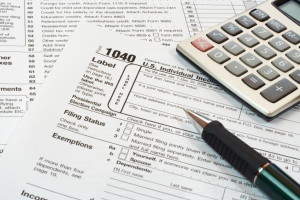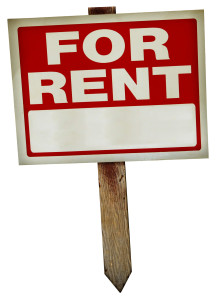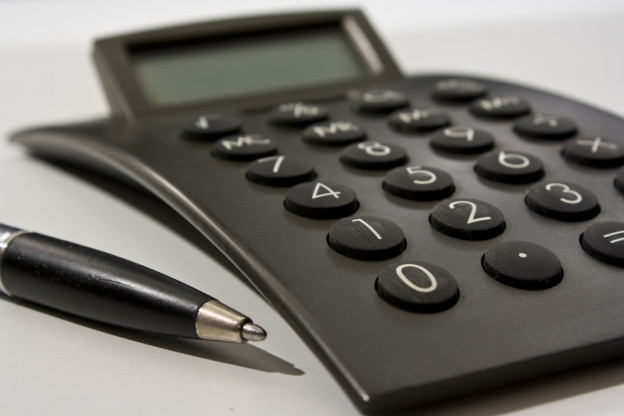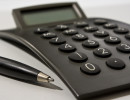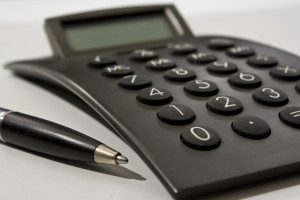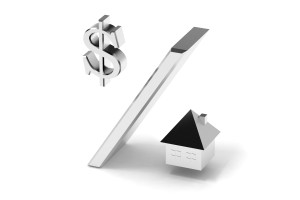 With the new year here, many people are making plans to travel so it is a great time to do a refresher on the rules for deducting travel so you can legally write-off your vacation and personal travel.
With the new year here, many people are making plans to travel so it is a great time to do a refresher on the rules for deducting travel so you can legally write-off your vacation and personal travel.
While the tips I share here are specific to the U.S. tax law, the key is to understand the rules in your country and use them to your benefit in your tax strategy.
1. Spend the Time
Spend more than 50% of your time each day on business activities and you can deduct 100% of your travel expenses. Plan your business and other activities so you meet this requirement.
2. Expenses for Spouses and Children
Travel expenses for your spouse and your children are 100% deductible if your spouse and children are involved in your business and spend more than 50% of each day on business activities. Planning is the key here. Plan your business and other activities so your family meets this requirement.
3. Create a Business Reason
Create a great business reason to travel to your desired location. This is my favorite tip because I find when I create a great business reason to travel, my business benefits in a way that it wouldn’t have without the travel.
4. Keep Personal Travel Personal
If your travel is for personal reasons – treat it as personal. If one of your goals for a particular trip is to take a break from business, then treat that trip as personal. Trying to claim that as business travel could draw a lot of scrutiny to your legitimate travel expenses. Or, if your spouse and children don’t participate in the business, treat their portion of the travel expenses as personal – trying to deduct their expenses could jeopardize your portion that is legitimate.
5. Know the Rules Outside the U.S.
Travel outside of the U.S. has a completely different set of rules. Be sure to discuss this with your tax advisor before you travel.
Use Your Travel in Your Tax Strategy
Travel is one of my favorite deductions because it is one of those expenses that most of us already have, and when planned properly, it gives us the opportunity to increase our business’ bottom line while decreasing our tax liability.
 There are two big obstacles most people run into when forming a tax strategy.
There are two big obstacles most people run into when forming a tax strategy.